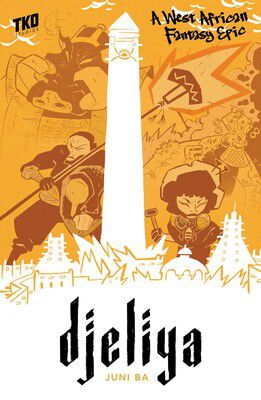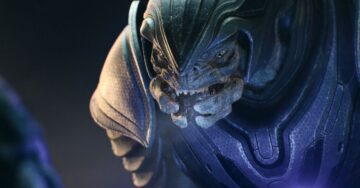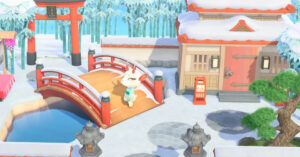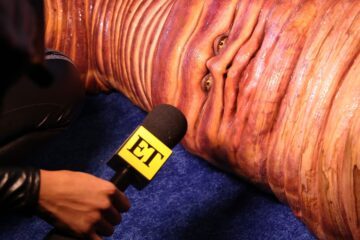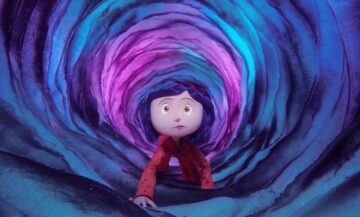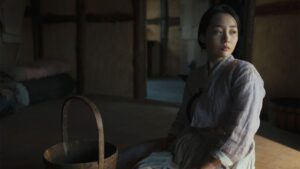In July, HBO Max and Cartoon Network announced they would be adapting the fantasy graphic novel series Iyanu: Child of Wonder as a 2D animated series. The graphic novel series comes from YouNeek Studios and Dark Horse Comics and is heavily inspired by the Yoruba culture of Nigeria.
Iyanu: Child of Wonder is one of many fantastic Black speculative comic books available to read. These vary in terms of content and genre, from fantasy and sci-fi to horror. Since Iyanu’s animated premiere is still a long way off, here are 12 Black speculative comics to entertain you until then.
By Juni Ba
Image: Juni Ba/TKO Studios
This West African fantasy graphic novel from TKO Studios is set in a postapocalyptic world, where people talk of a tower and an evil wizard. Two people, Prince Mansour Keita and his djeli (basically a storyteller and historian of the court) Awa, journey to the tower to find the truth behind it. Along the way, they encounter others who have survived the apocalypse and begin to question everything they knew.
With a minimalist art style reminiscent of Genndy Tartakovsky’s animated series Samurai Jack, compelling characters, and interconnected tales, Djeliya reads like a folktale in graphic novel form. It is a story of power, stories, and the power of stories to influence yourself and others, for better or worse.
By N.K. Jemisin, Jamal Campbell
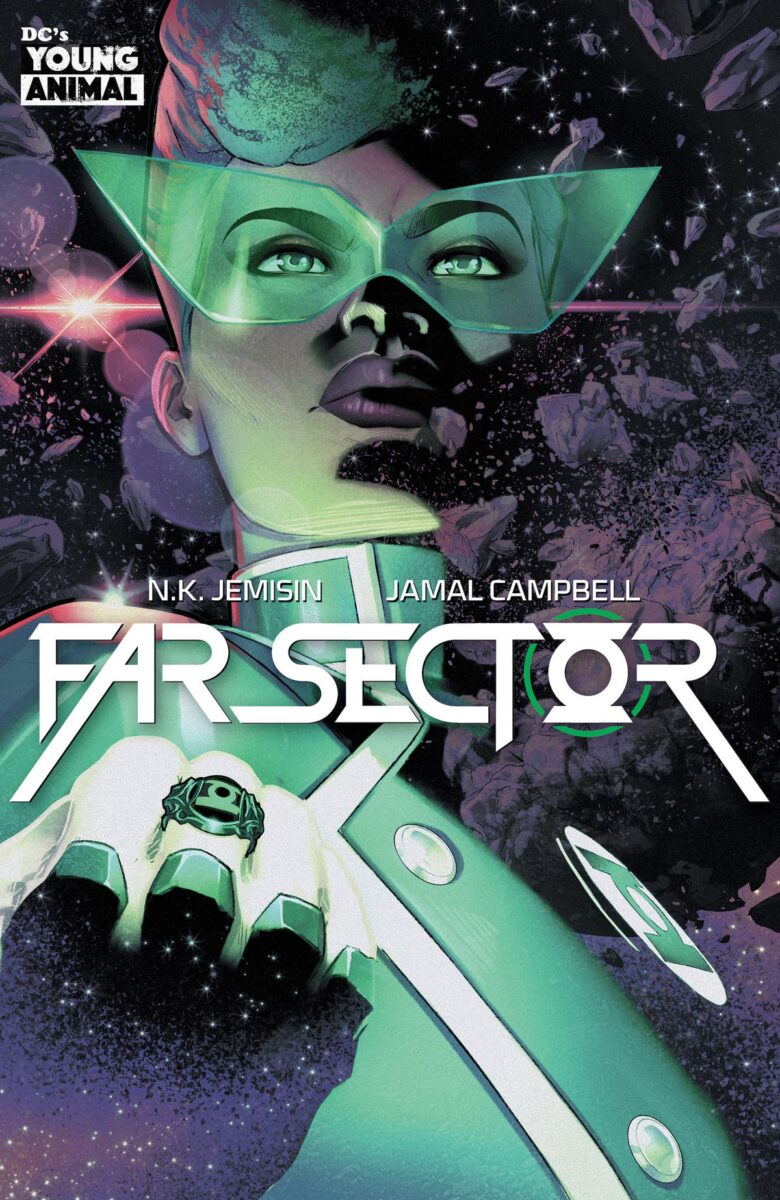
Image: Jamal Campbell/DC Comics
A 12-issue limited series under DC Comics’ Young Animal imprint, this comic tells the story of a new, lone Green Lantern named Sojourner “Jo” Mullein as she investigates a murder in a sector known as The City Enduring. By doing so, Jo must decide whether obeying orders without questioning them is worth betraying the people she is supposed to serve.
In addition to fantastical world-building and characterization by writer N.K. Jemisin, inner thoughts and spoken dialogue are enhanced by letterer Deron Bennett, bringing Jo’s inner monologue to life. Meanwhile, the vibrant locale is a treat to behold thanks to Jamal Campbell’s electrifying artwork. All in all, this is a book not only for superhero fans, but also for sci-fi lovers in general.
By Victor LaValle, Dietrich Smith
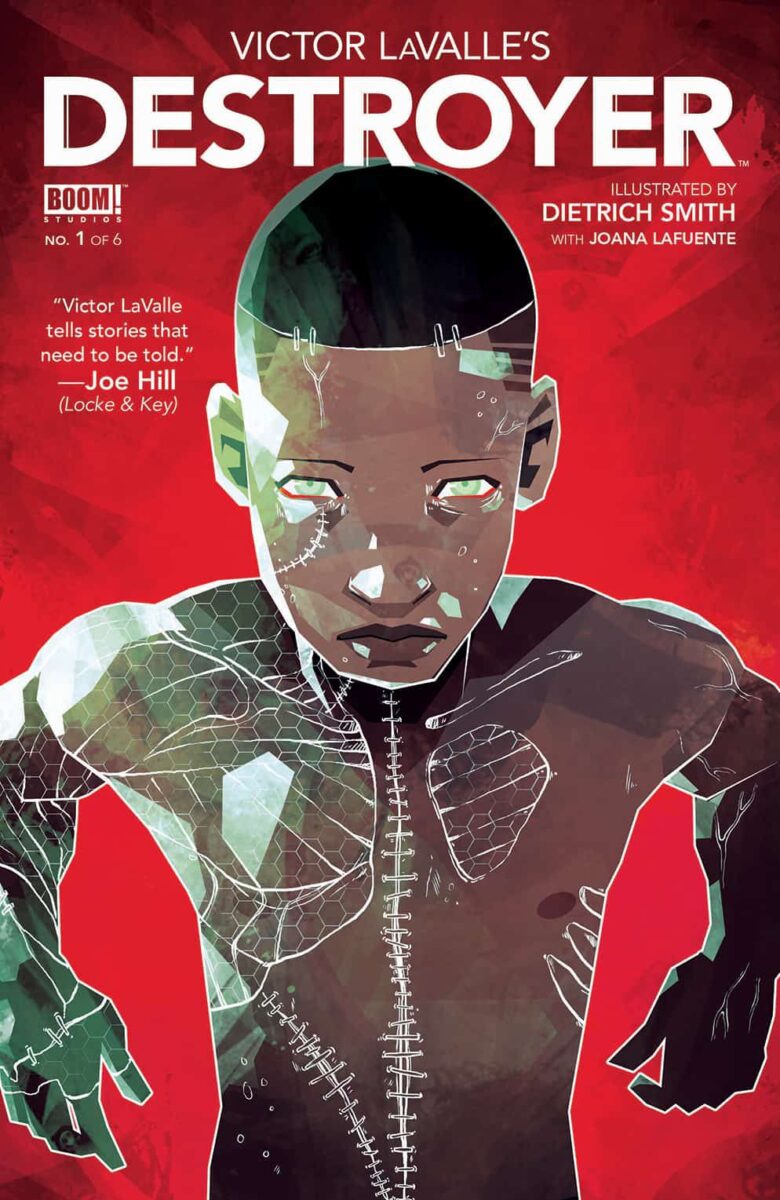
Image: Dietrich Smith/Boom Studios
Published by Boom Studios, this graphic novel is loosely inspired by Mary Shelley’s Frankenstein and has a modern setting seen through the eyes of Dr. Josephine Baker, an inventor and descendant of Victor Frankenstein. When her son Akai is killed by police, she brings him back to life using Frankenstein’s tech and a little bit of her own unique magic.
In addition to a thought-provoking narrative from Victor LaValle, the graphic novel is also supplemented by artist Dietrich Smith, letterer Jim Campbell, and colorist Joana Lafuente. They have no qualms about violent thoughts and actions, with a lot of bloody red inks and cold expressions to boot. Together, these four put the horror in horrifying to tell a compelling story of humanity versus monstrosity.
By Danny Lore, Vita Ayala, Jamie Jones

Image: Jamie Jones/Comixology
This hip-hop cyberpunk graphic novel published by Comixology Originals tells the story of Quentin, aka QK, a nonbinary hacker for hire who does gigs in exchange for quarters to play video game arcade cabinets and call their momma. When a young girl named Ayo asks Q to rescue her dad, Q and their merry crew discover a corrupt tech scheme preying on their neighborhood.
Major assets of this book include the charismatic characters as well as the infusion of hip-hop into its world-building. QK is pretty chill and has an aerodynamic afro like Kid from Kid ’n Play, while Hi-Top is impulsive and uses a digital turntable and rap as a weapon. In addition to Danny Lore and Vita Ayala’s entertaining writing, Ryan Ferrier’s lettering adds some style with graffiti-inspired pages, and Jamie Jones’ art and colors make the action feel almost like a video game.
By Sebastian A. Jones, Amandla Stenberg, Ashley A. Woods
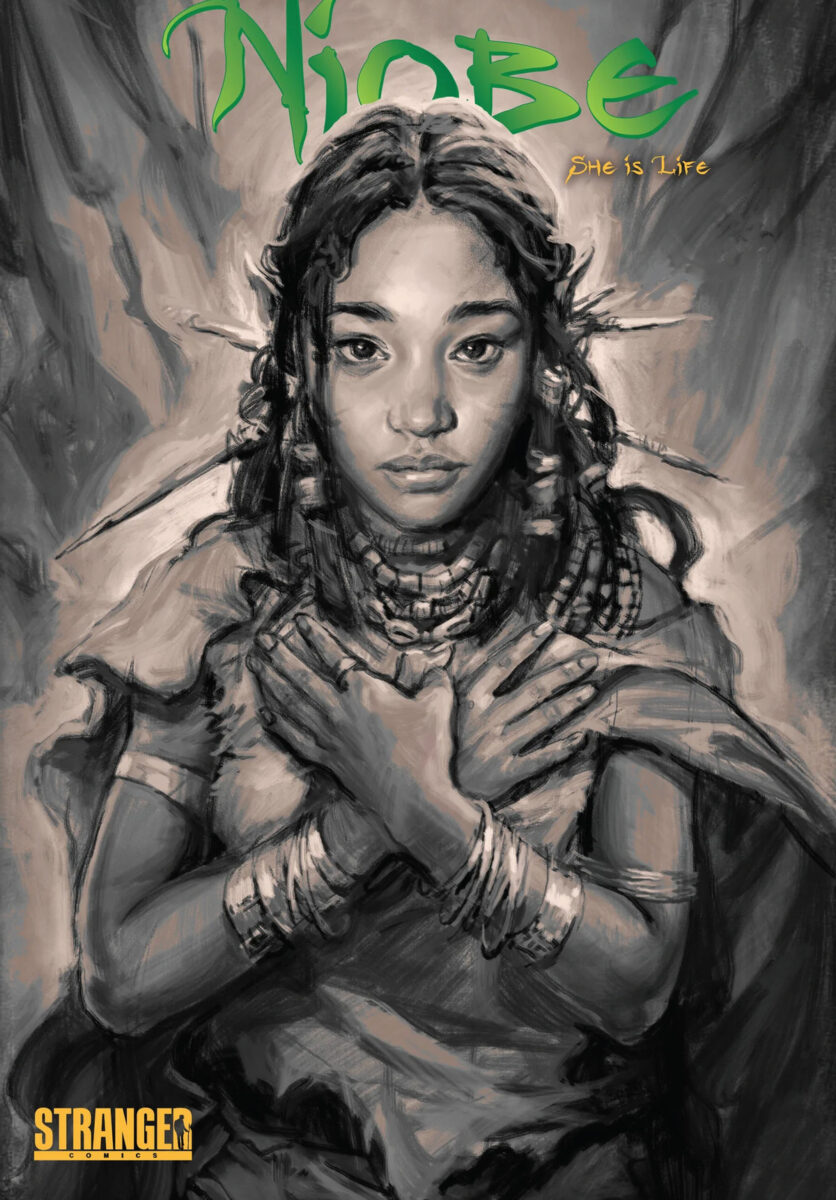
Image: Ashley A. Woods/Stranger Comics
Published by Stranger Comics, this epic fantasy graphic novel is set in the sprawling world of Asunda. Niobe is a young elven girl on the run from the vampire knight Essessa, who desires to bring Niobe back to her corrupt father, King Andrek VII. Soon, Niobe finds a sanctuary for herself that is disturbed by the murder of an elven boy. When a half-orc is blamed for the boy’s death, Niobe finds herself thrust in a chain of events that forces her to face the problems she’s been running from.
Complementing Sebastian A. Jones and Amandla Stenberg’s story is gorgeous and magical artwork from Ashley A. Woods and striking lettering from A Larger World. They present Asunda in all its dangerous and wonderful glory. In addition to being a part of an epic fantasy universe, Niobe and the rest of the Asunda have an HBO Max series currently in development.
By Jacque Aye, Magus Ato
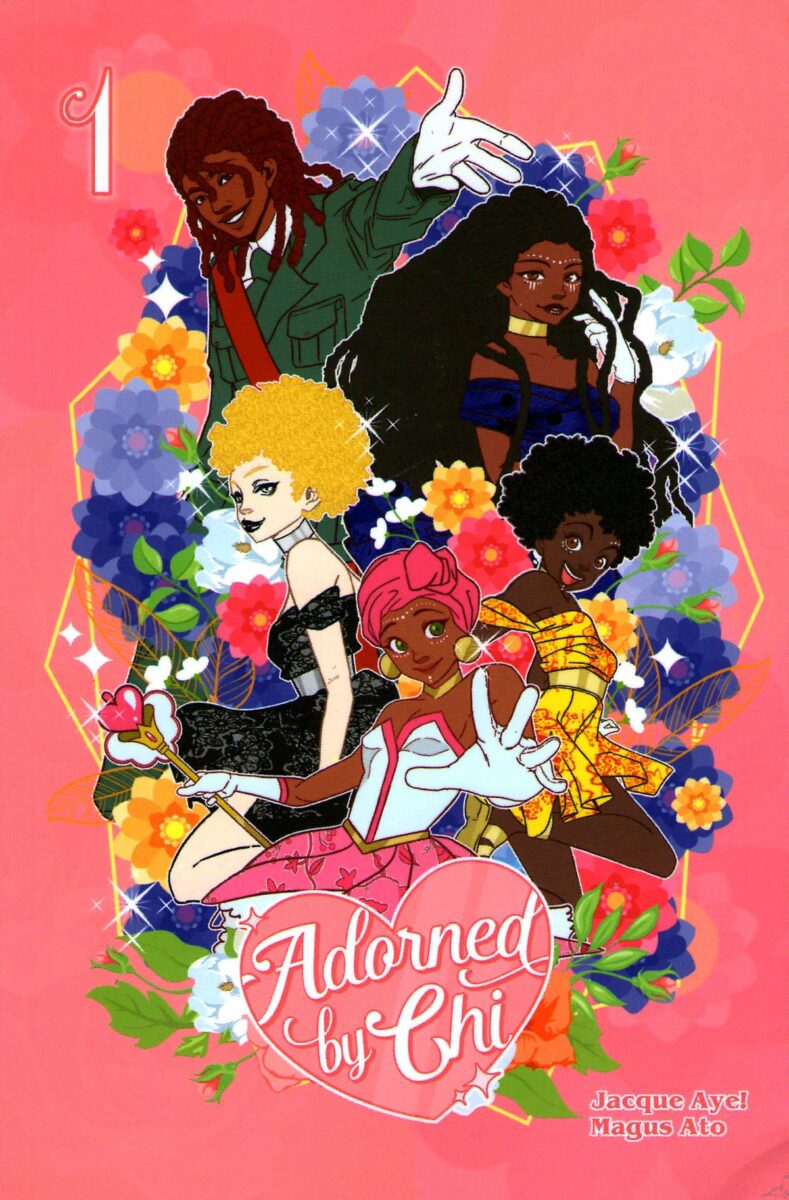
Image: Magus Ato/Adorned by Chi
Created as part of the lifestyle brand of the same name, Adorned by Chi is about a group of Nigerian college students who transform into magical warriors to fight evil Igbo spirits known as Mmanwu. It begins with Adaeze, a smart student prone to crying fits, meeting a cute puppy dog named Chi. From there, Adaeze and four other students gradually learn to harness their abilities as Mmanwu threatens the campus.
In addition to Adaeze, other notable characters include the cheerful Chigozie Okafor and goth twin with albinism Kelechi, the beautiful yoga-loving girl Kaira Okoye, and the popular athlete guy Emeka. Not only does Jacque Aye write them well by infusing them with Igbo myth and culture, but Magus Ato’s anime-influenced art style will charm you.
By Tyler F. Martin, Felipe Dunbar, Giacomo Guida
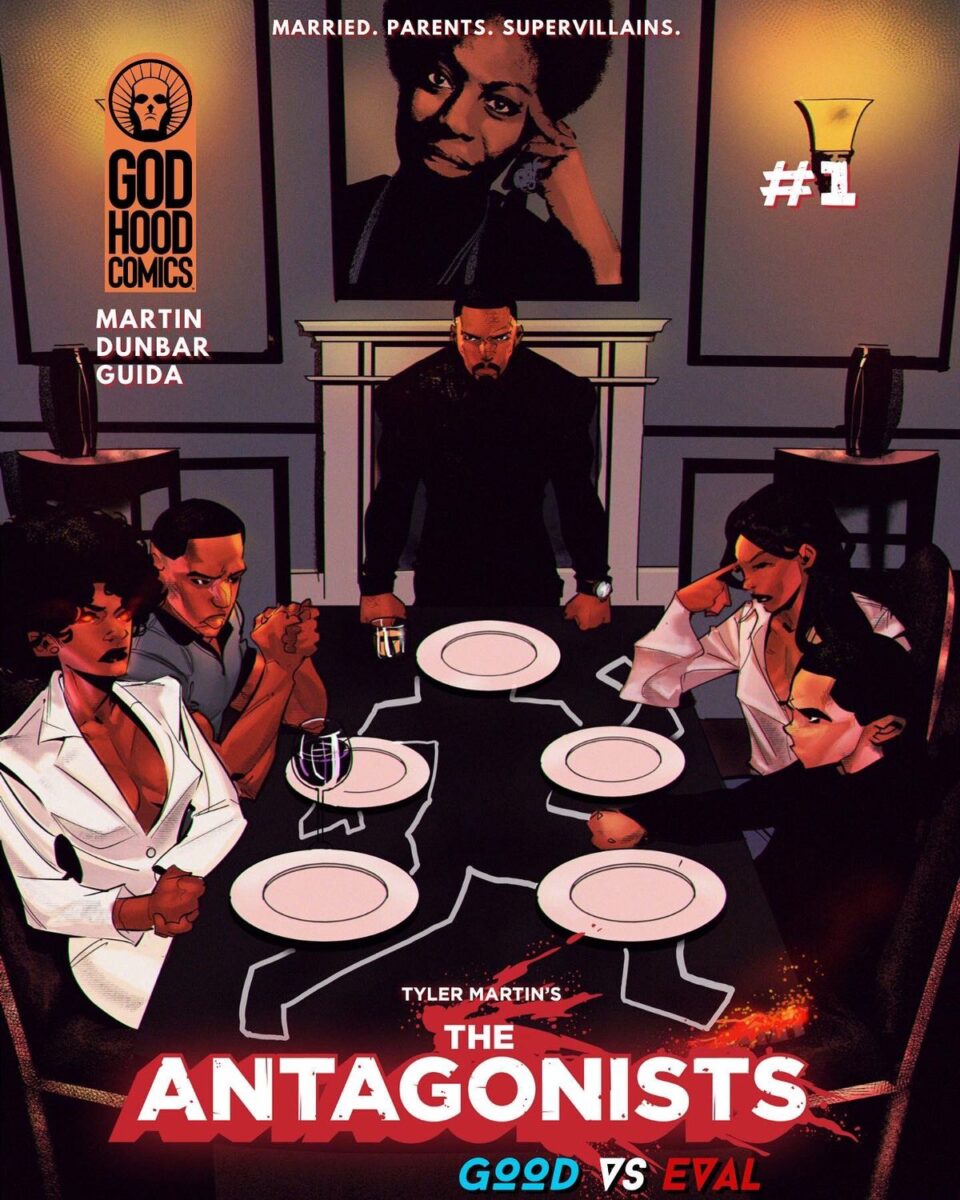
Published by Godhood Comics and created by Tyler F. Martin and Felipe Dunbar, The Antagonists follows two married supervillains named Destructus and Ultima. Now that they’ve successfully taken over the world, they are trying to settle into retirement. However, old habits die hard, and Destructus and Ultima must try to keep them in check while hiding their pasts from their superpowered children.
Not only does this comic ask what makes a villain, but also what it means to be branded a villain as a Black American. Currently ongoing with three issues, the comic is also slated to be adapted into a television series by Braham Entertainment.
By Kwanza Osajyefo, Tim Smith 3, Jamal Igle
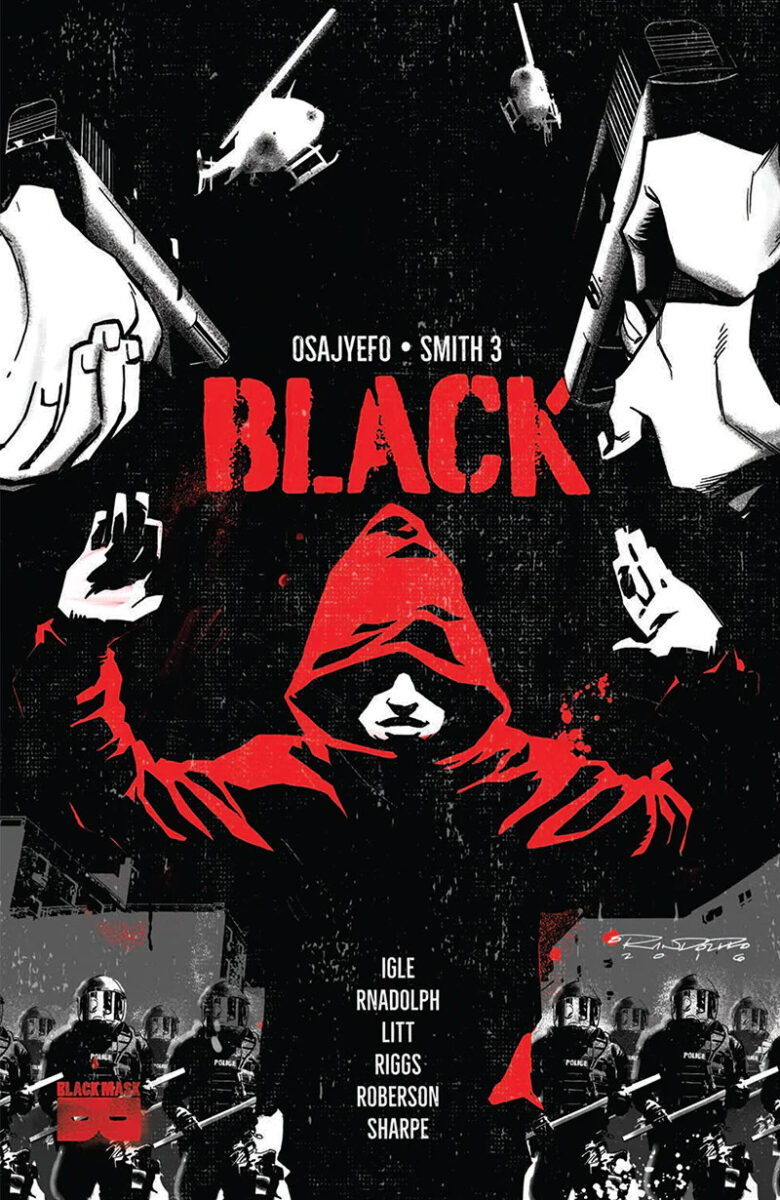
Image: Khary Randolph/Black Mask Studios
From Black Mask Studios comes this timely graphic novel that takes place in a world where only Black people have superpowers. After surviving being shot at by police, Kareem discovers he has special abilities. Soon, Kareem meets a man named Jeremiah, leader of an organization supposedly helping people like Kareem. Kareem also gets the attention of Dr. Mann, an evil government leader. Now, Kareem must decide for himself who to trust and where to go from there.
Black is the first in a series of graphic novels that also include Black: America’s Sweetheart, Black [AF]: Widows and Orphans, Black [AF]: Devil’s Dye, and White. In March 2022, it was announced the Black comic book series would be adapted into a feature screen adaptation by filmmaker Gerard McMurray (The First Purge).
By Greg Anderson Elysée, Walter Ostlie, Lee Milewski
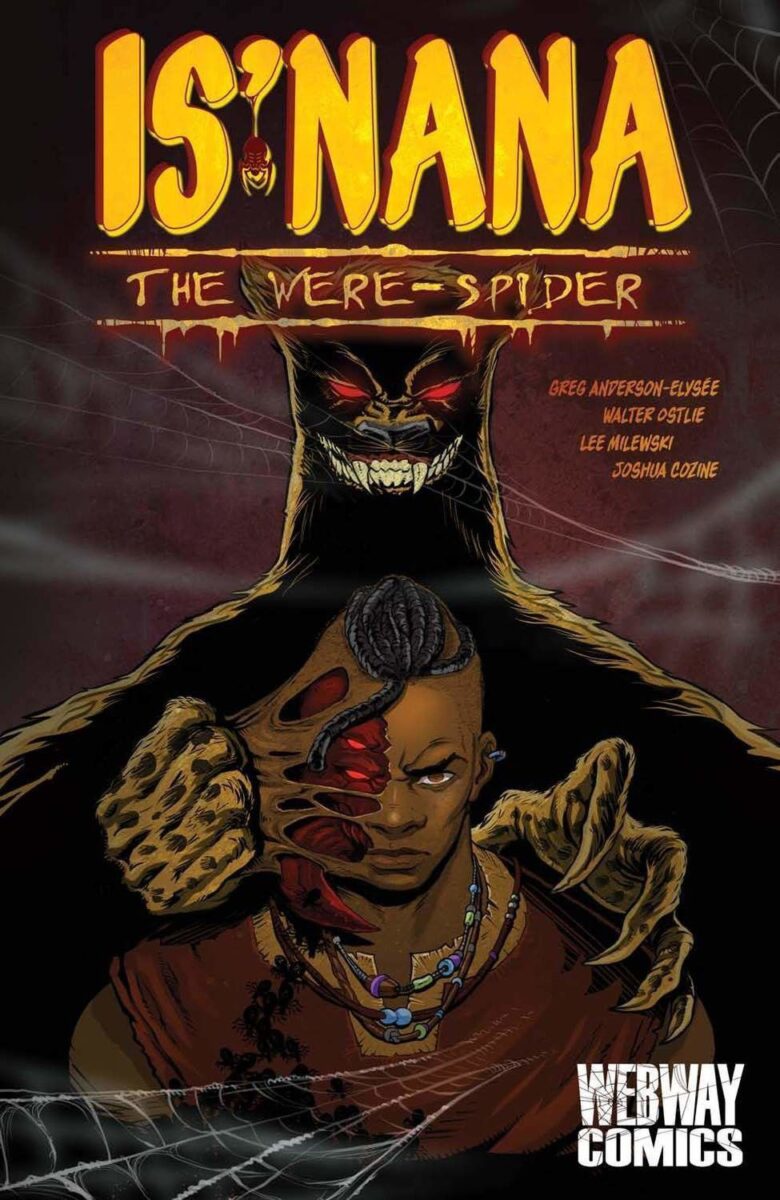
Image: Walt Msonza Barna/Webway Comics
Published by Webway Comics, this modern twist on the African folktale of Anansi the Spider combines superheroics and horror. Is’nana must preserve his father Anansi’s legacy while carving his own path by helping people in need. One of the most unique aspects of Is’nana is he can turn into an actual spider in order to fully utilize his powers and connect with his spider-brothers and -sisters. Anansi and his archenemy Osebo are fleshed out in a way that suggests a terrifying and intriguing world just beyond ours, while introducing their stories to unfamiliar readers. The character designs are also robust, giving Is’nana and Osebo an imposing presence.
This book is the first of a series of graphic novels that tell the story of Is’nana, Anansi, and other Black and African folk heroes. The rest include the books Is’nana the Were-Spider: The Hornet’s Web, The Ballads of Rawhead & John Henry, and Showtime. There are also trading cards and a kid-targeted comic called Birthday Day.
By Dorphise Jean, Julie Anderson
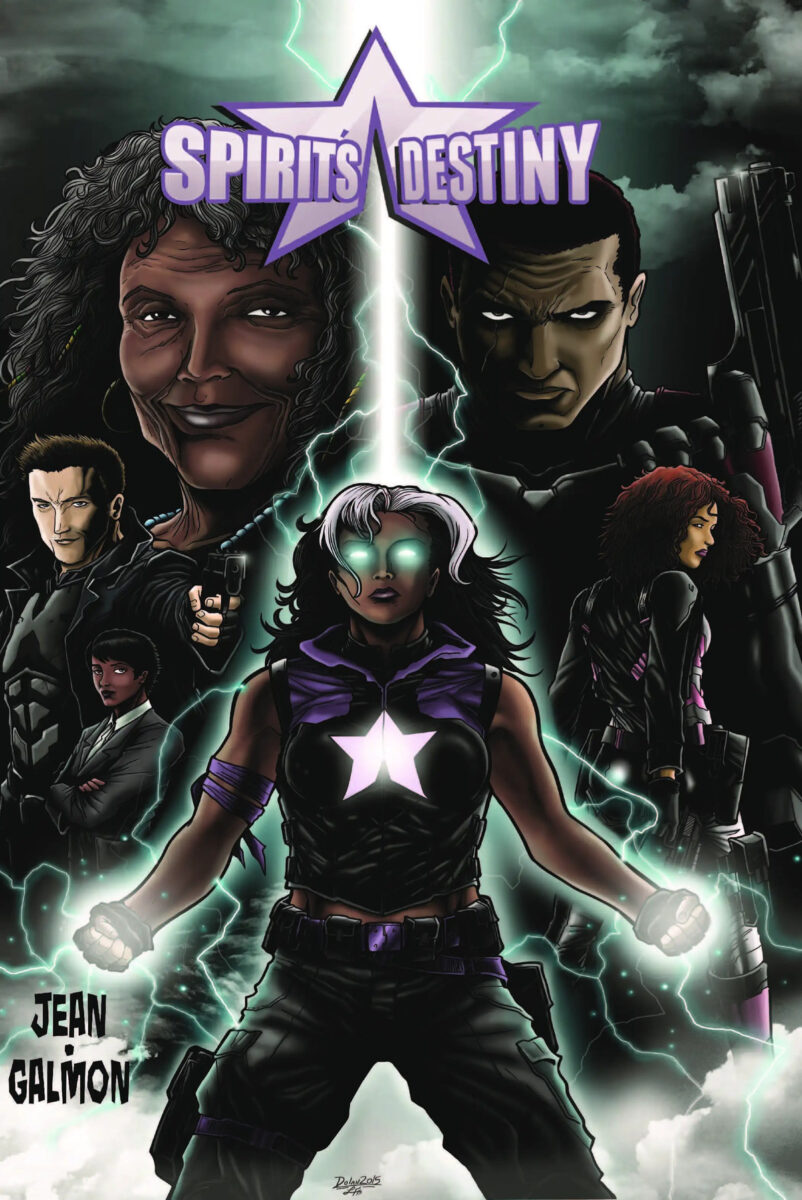
Image: Julie Anderson/Short Fuse Media
This first issue of an ongoing comic book series is about Destiny, a young Haitian woman who discovers superpowers after an accident. Now, she must figure out how she got those powers and what she is going to do. In addition to the first issue, there is also a second issue that continues Destiny’s story, and the third issue is currently in development. Destiny is a spunky heroine that can hold her own even before she gets her powers, and the mystery surrounding her and her family is intriguing.
According to an interview by Women Write About Comics, Dorphise Jean created Destiny in order to make a Haitian female superhero without negative stereotypes.
By Micheline Hess
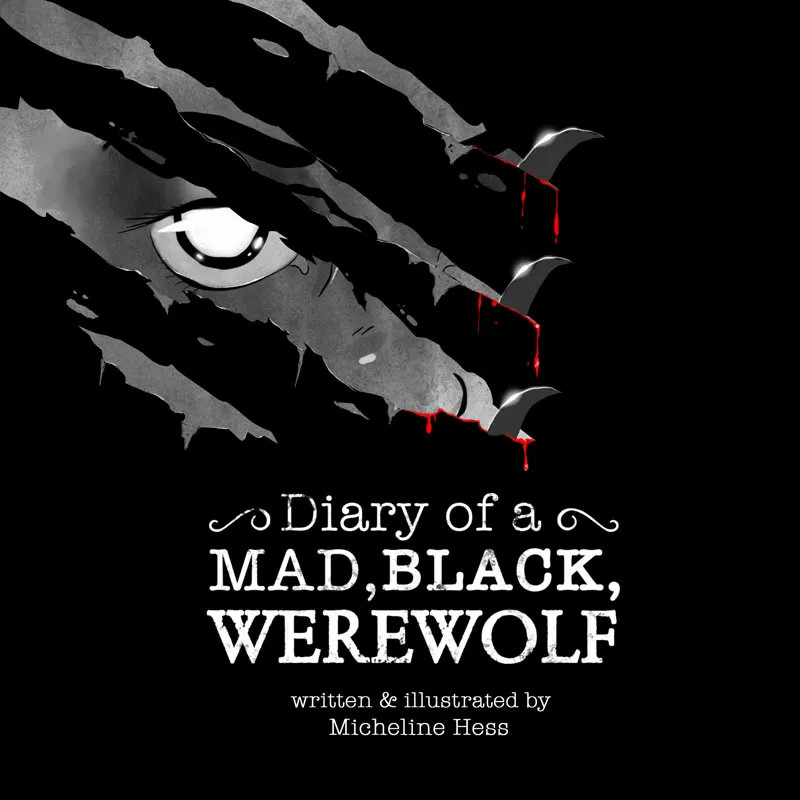
Image: Micheline Hess
From Micheline Hess comes this black, white, and gory sociopolitical horror story about a clan of Black women werewolves who prey on racists in modern-day New York City. This clan has been around since the trans-Atlantic slave trade and were even hailed as heroes long ago.
Yet the more time changes, the more racism stays the same, and this graphic novel shows what happens when those who are oppressed decide to fight back. Even if you aren’t usually a horror fan, this comic is worth checking out if you like contemporary takes on mythical creatures.
By David F. Walker, Chuck Brown, Sanford Greene
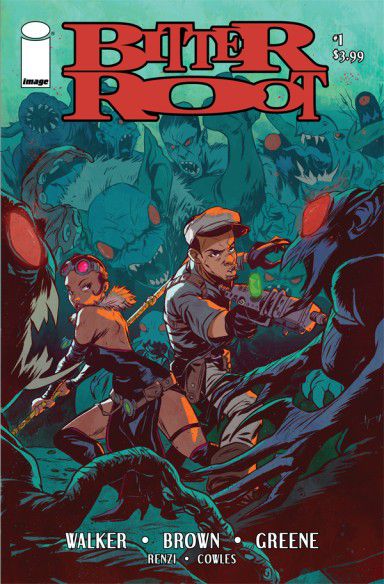
Image: Sanford Greene/Image Comics
Published by Image Comics, Bitter Root is set in the bustling cultural landscape of 1920s Harlem. Jazz clubs abound, but so do Jinoo, humans turned into monsters due to deep hatred, fear, and racism. Fighting those monsters is the Sangerye family, whose numbers have dwindled due to grave losses and personal rifts.
Each member of the Sangerye family has unique personal strengths and weaknesses that make them compelling characters, while the monsters are downright terrifying thanks to artist Sanford Greene, letterer Clayton Cowles, and colorist Rico Renzi. Not only do they use color to enhance volatile moods, but they also make use of fonts that bring emotional weight and add to the nightmarish character designs.
When a new, unfamiliar threat arises, the Sangerye family must put aside their differences and come together to face it. In addition to being part of an ongoing supernatural horror comic book series, the book is also set to be made into a film directed by Regina King.
Latonya Pennington is a prolific freelance contributor whose pop culture articles and essays can be found at places such as Popverse, Into More, and Comics XF.
